Home>Ideas and Tips>Creating A Japanese-Inspired Garden In A Small Space
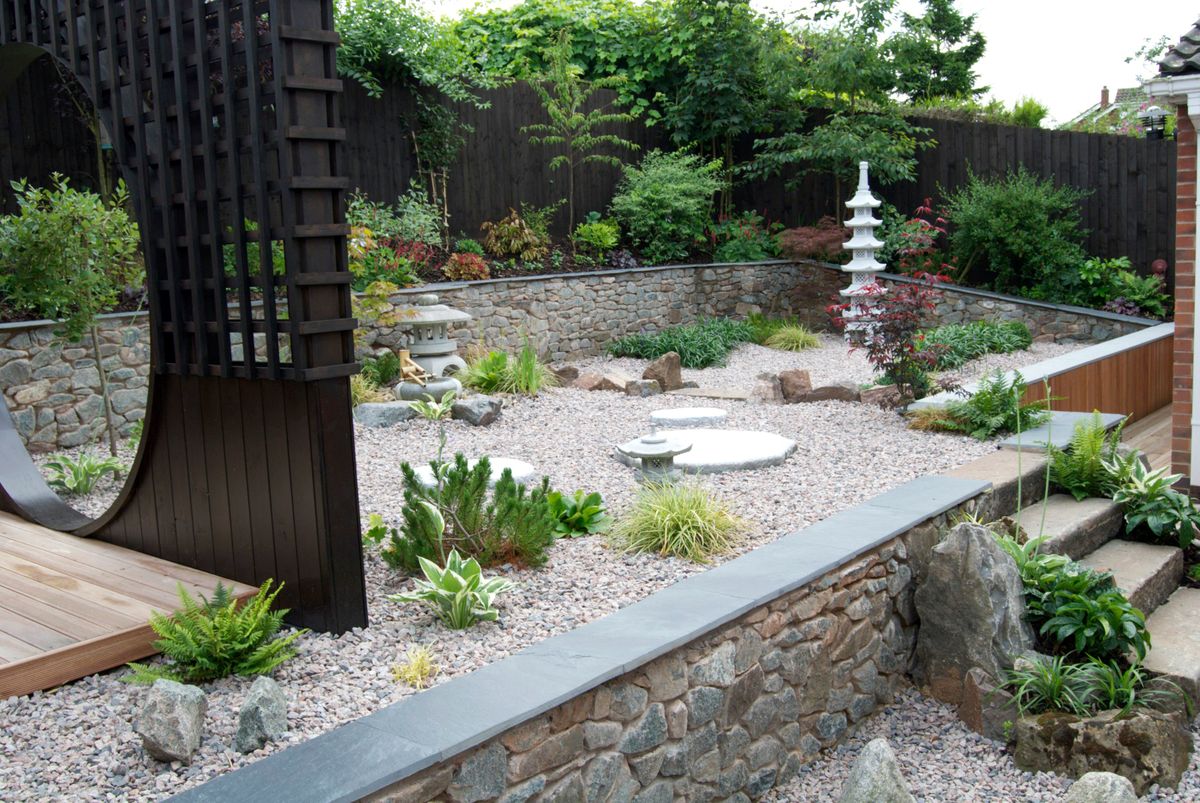

Ideas and Tips
Creating A Japanese-Inspired Garden In A Small Space
Modified: October 27, 2024
Create a serene Japanese-inspired garden in small spaces with our guide on balance, harmony, and essential elements. Perfect for balconies or compact backyards.
(Many of the links in this article redirect to a specific reviewed product. Your purchase of these products through affiliate links helps to generate commission for Storables.com, at no extra cost. Learn more)
Creating a Japanese-inspired garden in a small space might seem like a tall order, but it’s totally doable. You don’t need a sprawling backyard to capture the serene beauty and tranquility of a traditional Japanese garden. With a bit of planning and creativity, you can transform even the tiniest balcony or compact backyard into a peaceful oasis.
Understanding the Principles of Japanese Gardens
Japanese gardens are more than just pretty spaces; they’re deeply rooted in philosophy and culture. The main principles include balance and harmony, nature and simplicity, and symbolism. These gardens aim to reflect the natural world, creating a sense of equilibrium and peace.
Read more: How To Design A Japanese-Inspired Garden
Balance and Harmony
Balance and harmony are key in Japanese garden design. This means carefully selecting and placing elements like plants, water features, rocks, and pathways. The goal is to create a sense of equilibrium that mirrors the natural world. Think of it as a dance where every element has its place and purpose.
Nature and Simplicity
Japanese gardens are all about imitating and condensing nature. They use natural elements like plants, rocks, and water to symbolize landscapes such as mountains and streams. The simpler the design, the more effective it is at evoking a sense of serenity. Less is more here, folks.
Symbolism
Every element in a Japanese garden carries symbolic meaning. Stepping stones can represent the journey through life, while bridges crossing over ponds symbolize transitions from one stage to another. Understanding these symbols can help you create a garden that tells a story.
Planning Your Japanese Garden
Creating a Japanese garden in a small space requires careful planning. Here are some steps to follow:
Research and Inspiration
Start by researching different types of Japanese gardens. Look at traditional designs and modern interpretations. Visit gardens or browse through books and online resources to get inspiration. Pinterest and Instagram can be gold mines for ideas.
Define Your Space
Measure your available space carefully. Consider the dimensions of your garden bed or container and think about how you want to use it. Whether it’s for meditation, relaxation, or simply enjoying nature, define what you want from your space.
Choose Your Elements
Japanese gardens typically feature several key elements:
- Pathways: These can be made from stones or gravel and are often winding to create a sense of surprise and discovery.
- Ponds and Water Features: These add a soothing sound and visual element. Even small ponds or water features like birdbaths can be effective.
- Rocks and Stones: These symbolize mountains or islands and can be arranged in various patterns.
- Plants: Choose plants that complement the season, such as blooming flowers in spring and foliage in autumn. Trees like maples, cherry trees, and pines provide a sense of deliberate arrangement.
- Bridges: These can be small wooden bridges crossing over ponds or even just stepping stones arranged in a zigzag pattern.
- Lanterns and Decorative Elements: These add a touch of authenticity but should be used sparingly to avoid cluttering the space.
Selecting Plants
When selecting plants for your Japanese garden, consider their texture, color, and shape. Here are some popular choices:
- Bamboo: Adds a soothing green element year-round.
- Conifers: Come in various shades of green and are often pruned into shapes that reveal their architectural form.
- Azaleas and Camellias: Thrive on acid soil and flower in winter with deep green waxy foliage that serves as a backdrop shrub year-round.
- Maples: Mark the changing seasons with their fiery foliage in autumn.
- Pines and Acer: Key plants to consider when designing a Japanese-inspired garden.
Miniaturization
One of the challenges of creating a Japanese garden in a small space is miniaturization. Avoid cluttering the garden with too many elements; instead, focus on recreating a small part of nature. For example, use aquarium gravel to create paths or a Zen gravel garden with small rocks for added dimension.
Designing Your Pathways
Pathways are an essential part of any Japanese garden. Here’s how you can design them:
Winding Paths
Winding stone paths represent the journey through life and the anticipation of what’s to come. In small gardens, you can wind paths so they disappear into a shrub border to create the illusion that it takes you into a woodland glade.
Stepping Stones
Stepping stones allow you to pay more attention to your surroundings as you mindfully maneuver from one stone to the next. Use them to create a winding path through your beautiful Japanese garden.
Read more: How To Create A Garden
Incorporating Water Features
Water features are a crucial element in Japanese gardens, but they don’t have to be large. Here’s how you can incorporate them into your small space:
Small Ponds
While large ponds may not be practical for small spaces, small ponds or birdbaths can still add a soothing sound and visual element. You can even use a shallow dish or bowl as a mini pond.
Bridges
Bridges crossing over small ponds or even just stepping stones arranged in a zigzag pattern can add an interesting element to your garden. This zigzag pattern is said to trap evil spirits according to legend.
Creating a Calming Fish Pond
While koi carp are often associated with Japanese culture and can be included in larger ponds, they require significant space—4 feet deep and at least 6 feet wide. For smaller spaces, consider using goldfish which come in various colors like orange, red, white, and black. The Shubunkin variety is particularly recommended for its spotted appearance and long fins.
Read more: How To Make Japanese Garden
Illuminating Your Space
Lighting can transform your garden into a serene oasis in the evening. Here’s how you can illuminate your space:
Pagoda-Inspired Lanterns
Traditional pagoda-style lanterns made from stone, wood, or resin give an air of authenticity and make eye-catching focal points. Place them amongst your acers and shrubs and light them up with LED candles when dusk settles.
Adding Decorative Elements
While simplicity is key in Japanese gardens, some decorative elements can enhance the ambiance without cluttering the space:
Miniature Magnolias
Magnolias are beautiful additions to small Japanese gardens. While many varieties are large, there are plenty of smaller trees suitable for containers like Magnolia liliiflora 'Nigra' with deep purple flowers or Magnolia stellata featuring starry-shaped blooms in white.
Tea Gardens
Tea gardens or Roji may also give you inspiration when designing your small Japanese garden. These gardens use space tucked around corners of the tea ceremony room (cha-shitsu) effectively. Consider strolling gardens leading up to the cha-shitsu which can be done in tight spaces.
Modern Interpretations
Modern small Japanese gardens often blend traditional elements with contemporary techniques. For example:
- Mountain Mounds (Tsukiyama): Traditional elements that can be incorporated into modern designs.
- Cloud Pruned Pine: Pruning pine trees to create a cloud-like shape adds an artistic touch.
- Bamboo Fences: Use these as a backdrop for your garden while incorporating natural elements like bamboo into your design.
Creating a Fairy-Style Garden
If you have limited space but still want to create a Japanese-inspired garden, consider making a fairy-style garden in a large bowl or shallow pot. Use aquarium gravel to create paths or a Zen gravel garden and small rocks for added dimension. Choose plants with tiny leaves or tree seedlings like juniper to simulate garden plants.
Creating a Japanese-inspired garden in a small space requires careful planning and attention to detail. By understanding the principles of balance and harmony, imitating nature through simple elements like plants and rocks, and incorporating symbolic elements like bridges and lanterns, you can create a serene oasis that reflects the timeless beauty of traditional Japanese gardens. Whether you have a tiny balcony or a compact backyard, with these tips and inspiration from traditional designs, you can bring peace and tranquility into your own outdoor space.
Additional Tips:
- Viewing Angles: Consider how you will view your garden. The best view is straight on horizontally rather than from standing or having it start feet below the floor level common in many western homes.
- Minimalist Furniture: Japanese style is all about simplicity when it comes to furniture. Choose simple lines and fuss-free design for your outdoor seating area.
- Seasonal Variations: Use plants that complement the season to ensure your garden remains beautiful throughout the year.
By following these steps and tips, you can create a beautiful Japanese-inspired garden even in the smallest of spaces, bringing serenity and harmony into your daily life.
Was this page helpful?
At Storables.com, we guarantee accurate and reliable information. Our content, validated by Expert Board Contributors, is crafted following stringent Editorial Policies. We're committed to providing you with well-researched, expert-backed insights for all your informational needs.
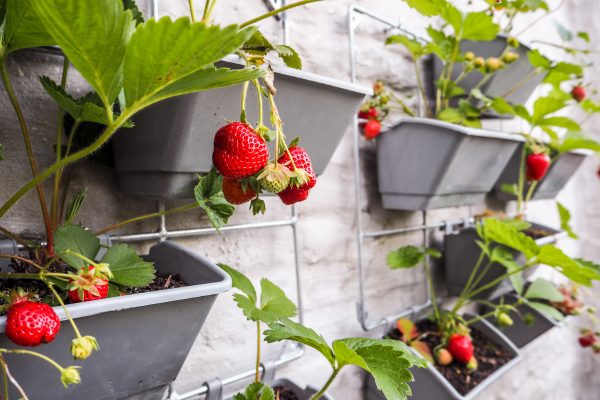
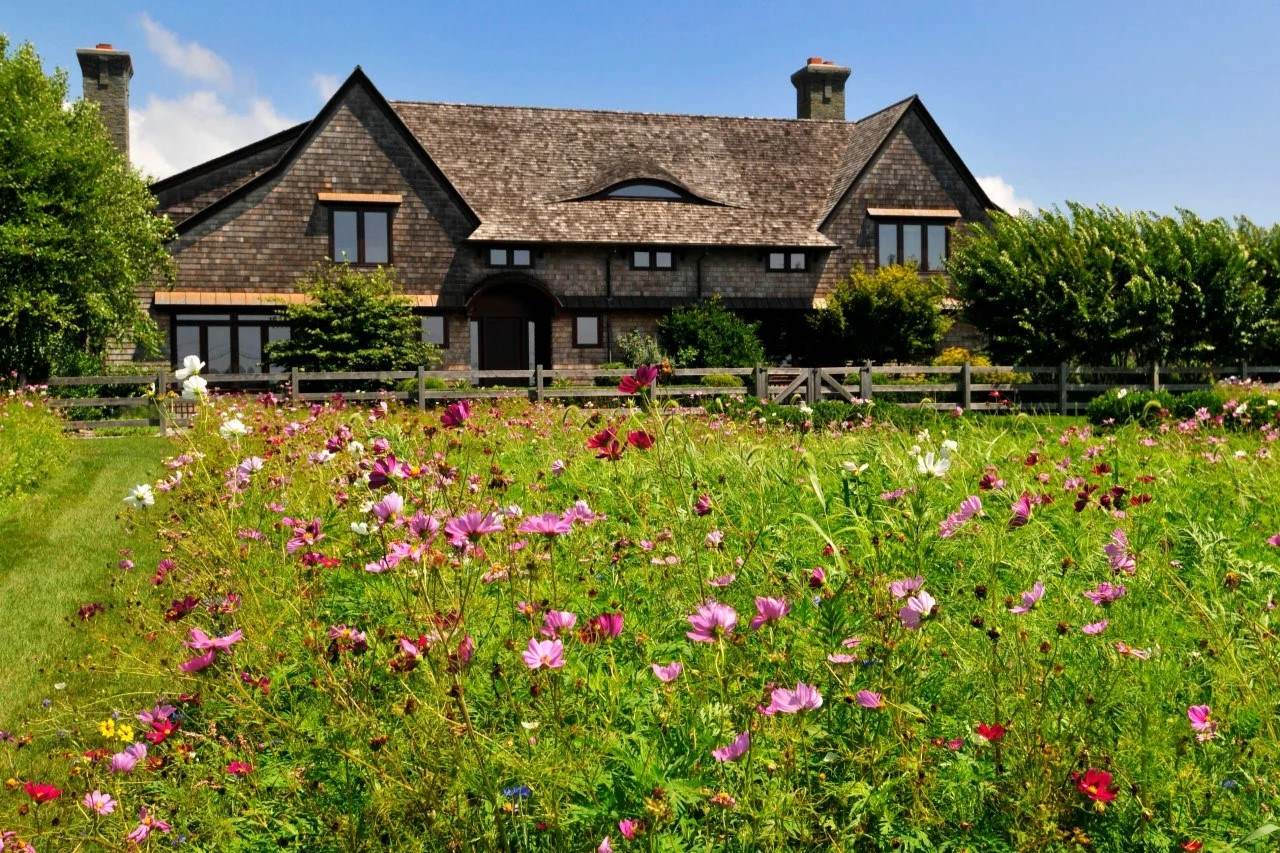
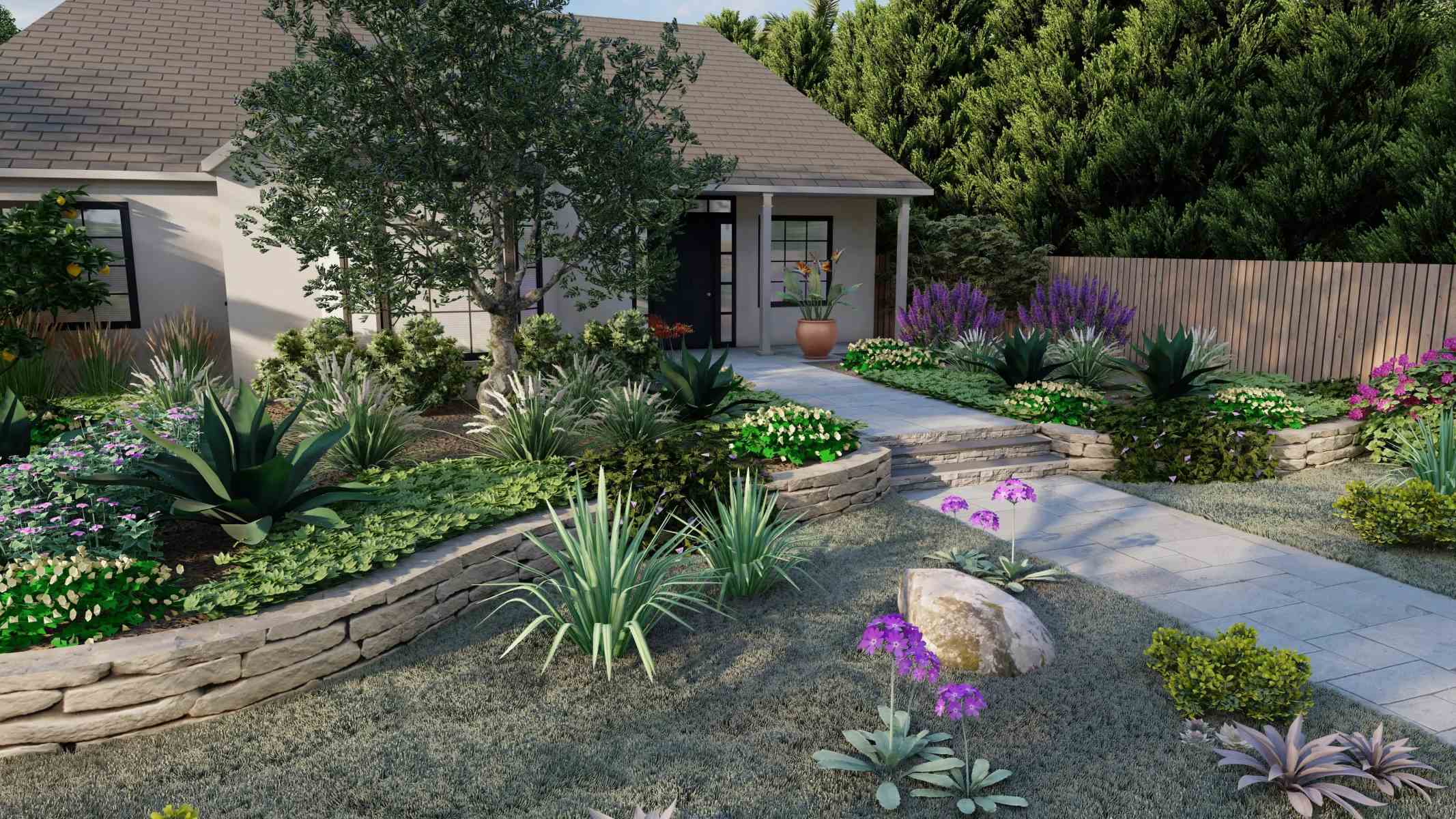
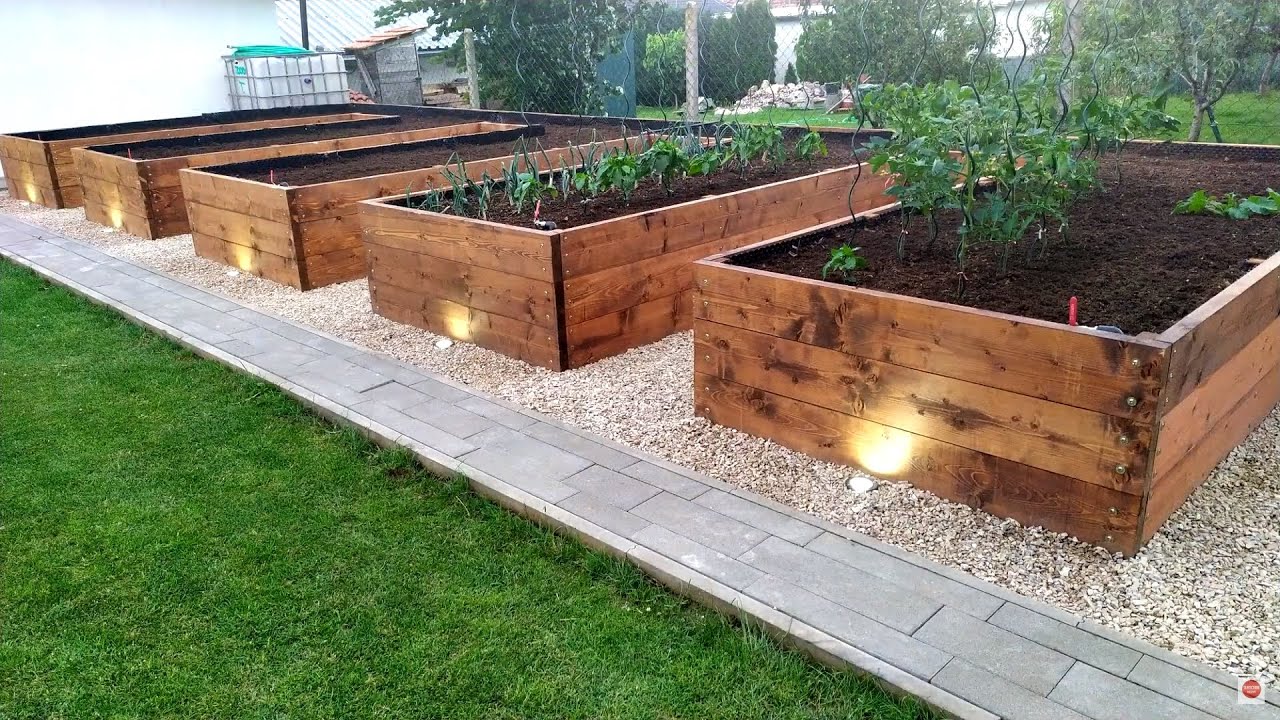

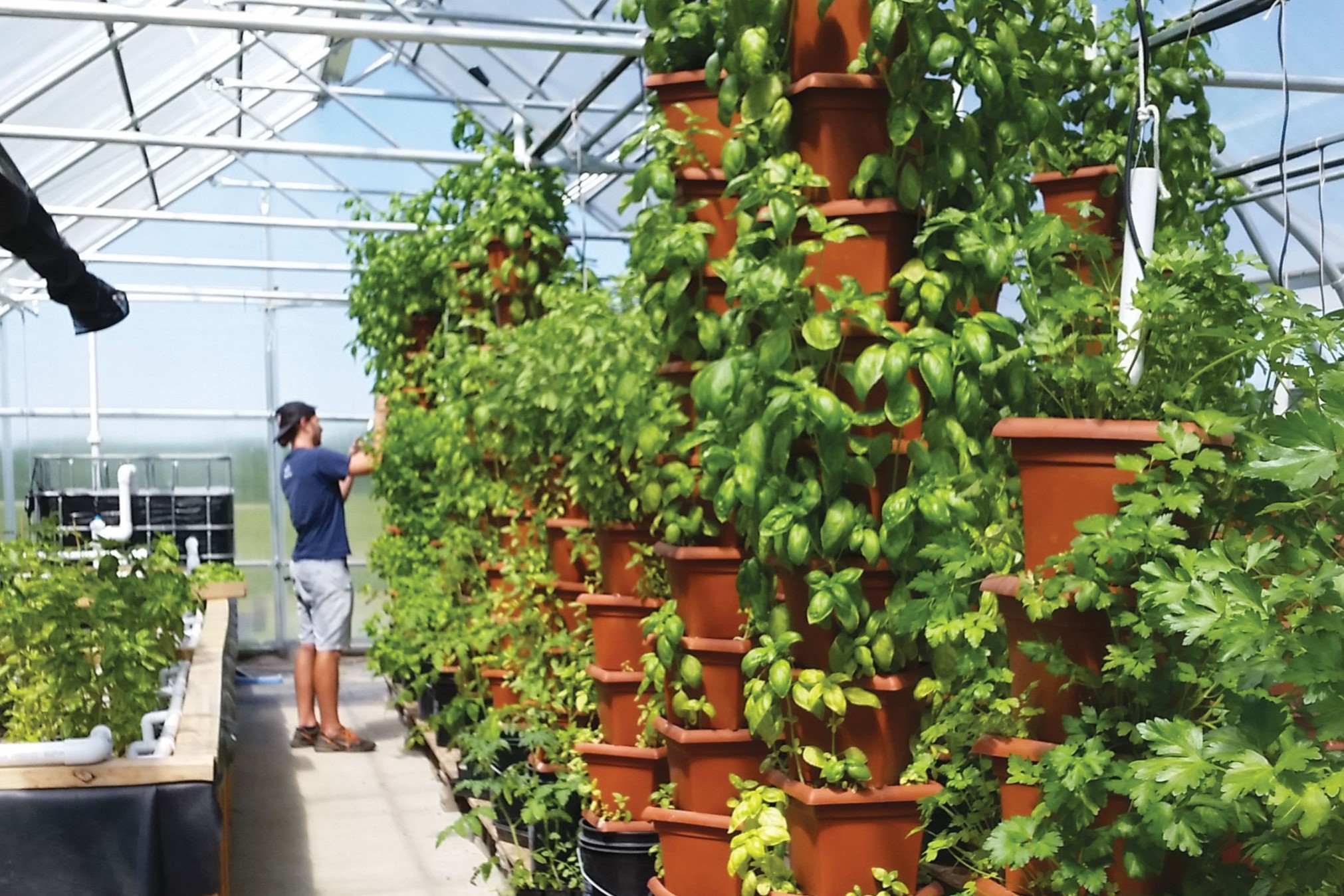

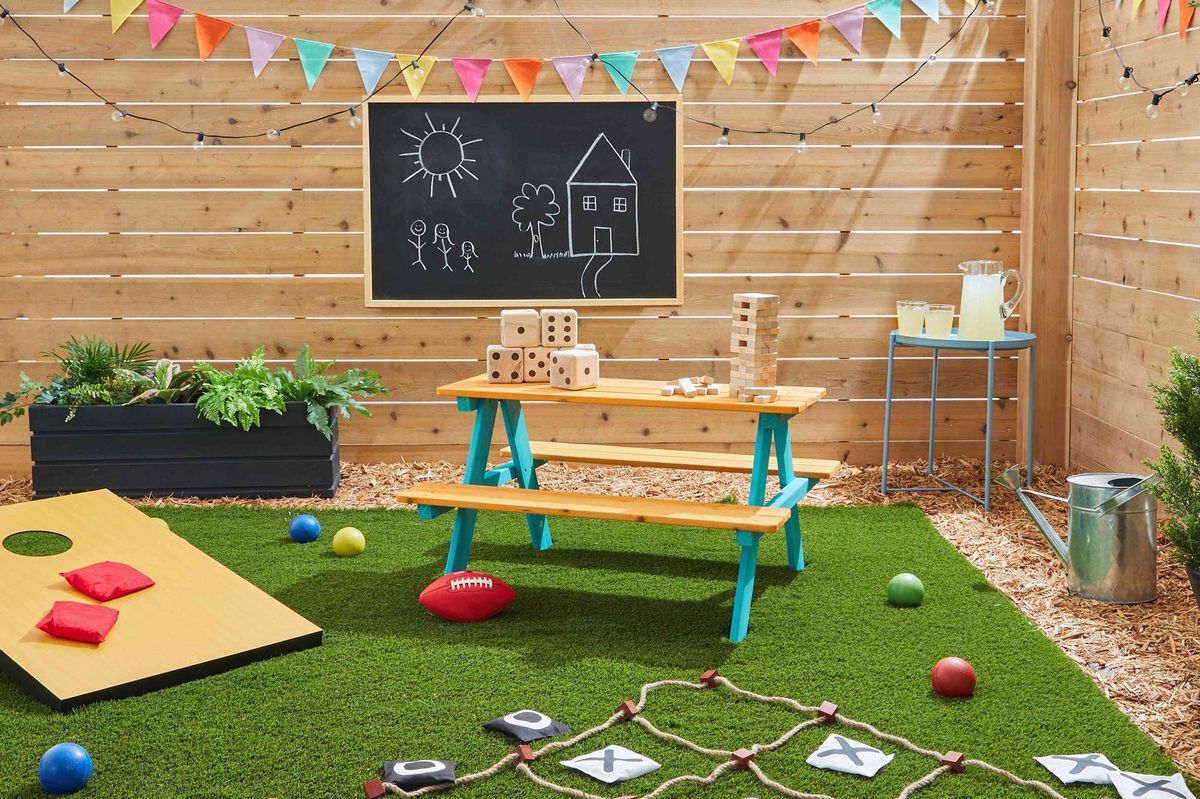
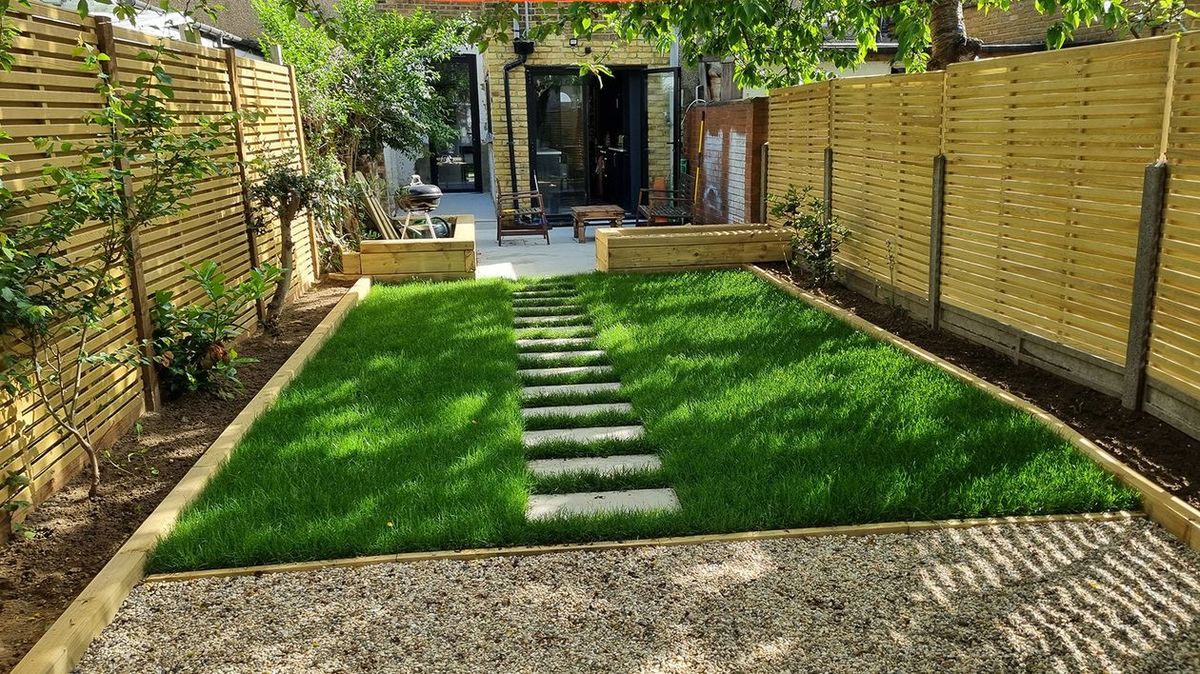


0 thoughts on “Creating A Japanese-Inspired Garden In A Small Space”